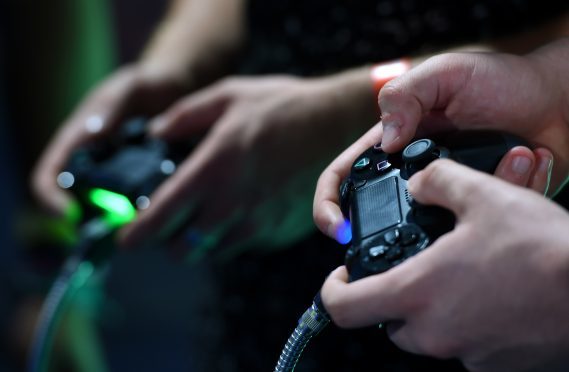Scientists have found the techniques that make gamers better players.
In a two-part study, researchers from Brown University looked at months’ worth of data from two games, Halo: Reach and StarCraft 2, to find the keys to
success.
So how can you improve your technique?
Well, the scientists found that better players were doing certain things.
In the Halo study, they found that playing the game more often didn’t guarantee becoming the best player. Those who improved the most per match were playing four to eight matches a week, followed by those committing to eight to 16.
“You actually want to space out your activity a little bit and not play so
intensively,” said computer science professor Jeff Huang, who led the study.
A couple of days’ break is okay but not playing for 30 days took players back
about 10 matches’ worth of skill level.
The StarCraft 2 study also unearthed techniques that helped players in the
strategy game.
Better players used keyboard shortcuts or hotkeys which allowed them to perform up to 200 actions a minute.
But it wasn’t just a case of using them more – the best players used them in
unique ways, to the extent that researchers could identify these players just
from their hotkey strategy.
They even flicked through these patterns when they weren’t needed, such as at the start of the game when there were fewer things to do.
Researchers reported that players got “warmed up” at this point, flying through their hotkeys and issuing dummy commands.
And how was it studying gamers? Pretty good, apparently.
“The great thing about game data is that it’s naturalistic, there’s a ton of it and it’s really well measured,” says Huang, who believes the tips can be applied to other tasks where you have to pay attention to multiple things at one time.
But the take-home messages from all the information they combed through are to play through what you’re going to do before you start and that cramming doesn’t pay.
The studies were published in the journal Topics in Cognitive Science .
